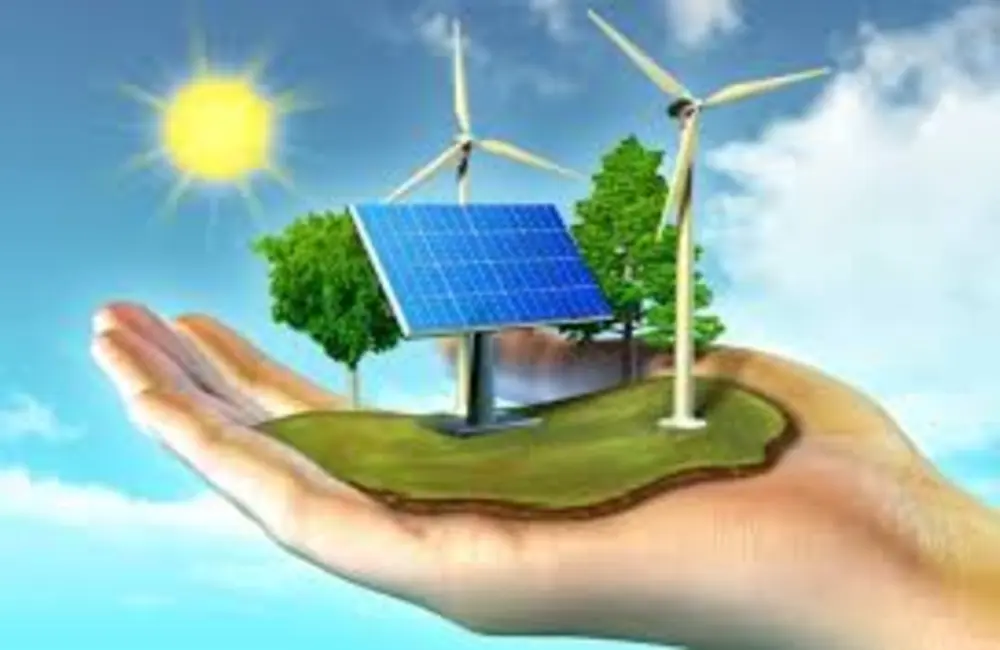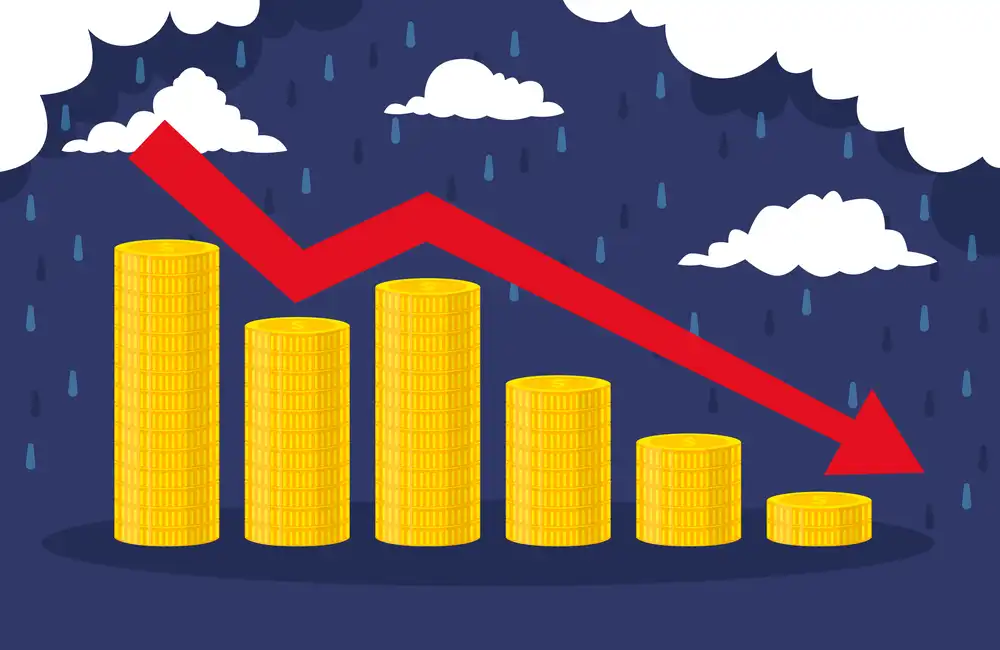Capital at risk. The value of investments and the income from them can go down as well as up and is not guaranteed. The value of investments can fall as well as rise, and you may not get back the amount you originally invested.
‘Disruption’ – and dare we say 'transformation' – is the keyword
for the impact of Russia’s invasion of Ukraine on energy markets during 2022: it has certainly accelerated the world’s continued reliance on fossil fuels, and brought home to a lot more countries the need to invest in alternative energy sources so as to become energy independent. This ‘replumbing’ of energy markets will surely be one of the key themes in energy markets in 2023.
The sudden removal of Russian supplies has blown out large volumes of European baseload and has pressured governments to seek alternative, near-term sources of supply. Liquified natural gas (LNG) has provided a short-term solution, while countries have also turned coal plants back on. These key energy markets have more complications, with natural gas and crude oil prices falling in the second half of the year.
However, prices do not seem likely to fall sharply despite recession gnawing at the economy, in our judgment. This is especially true in the oil market. OPEC’s decision in October to cut its production targets reflects a new willingness to be more responsive about managing oil prices. That should help provide price support given economic uncertainty.” For energy companies, this should create a more defensive posture for the year ahead. The US administration’s announcement it will buy oil at prices below $721 also puts a floor under oil prices.
So far, higher oil prices have not led to sharply lower global demand. Demand was relatively strong and could increase further as China pivots from its zero Covid policy. But high prices, as well as rising interest rates and a recession across virtually all major economies, could damp demand.
The supply of oil is tight. Investment in new oil production has been relatively low in the past decade, except for US shale oil. Balance sheets in the energy companies are in far better shape today than during previous downturns, which were known for irresponsible spending. Investors have driven capital discipline on the sector, putting an end to unlimited US shale growth.
Many energy companies have pledged to give their free cash flow back to shareholders instead of going back to maximising production. That means supply is likely to stay tight, even as demand keeps growing.
Sustainable energy
In 2022, one of the highlights has been new commitments by a number of governments towards sustainable energy production.
Governments everywhere have put oodles of capital to work to bring green sources of energy on stream through the EU Green Deal, and more recently REPowerEU in Europe; also in China for wind, solar, and EV uptake, and in the US through the Inflation Reduction Act.
This is hardly likely to lessen in 2023, with three strands of powerful effect in evidence: supportive regulation and policies; a new impetus toward energy security and independence; and cost. And on the latter, there is now hope that traditional energy prices will stay higher for longer and sustainable energy sources will be more cost competitive.
The rapid adoption is driven by competition economics, with the cost of renewable energy from onshore wind and solar panels now being the most economical technology choice for many markets for power generation. So are other parts of the alternative energy distribution and storage system, as economies of scale kick in. This is also apparent in sectors like e.g. energy storage solutions in automotive electrification, where a movement towards electric transitions, all leading to growth in unique EV adoption.
The move to a lower carbon economy is not a quick fix but rather a multi-decade trend, which will be disruptive to many sectors and business models, but will also create large opportunities for those businesses on the right side of change. We are talking eye-watering sums, the International Energy Agency estimates annual clean energy investment will need to more than double to US $4trillion by 2030. This puts serious money in motion.
Investment consequences?
The BlackRock Energy and Resources Investment trust is ideally placed to benefit from an energy sector in change. We think the magnitude of the growth opportunity for the sustainable energy sector in totality over the next couple of decades has been underappreciated as not only a capital allocation play but an attractive long-term investment exposure.
That transition is also going to impact the traditional energy providers. Over the coming year, the trust has a bias to higher-quality oil producers which we believe are ideally positioned to benefit from a stronger for longer oil and gas price environment, a potentially resurgent oilfield services sector and a requirement for increased Liquified Natural Gas (or LNG) output to replace Russian gas exports into Europe.
We still can pivot the portfolio from sustainable to legacy energy production based on the environment. This was a marquee year for energy producers, and 2023 will be just as thrilling.



















